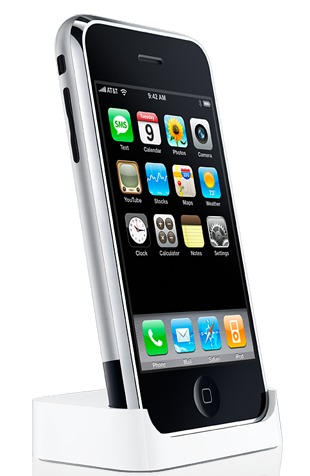A great little camera, this 13MP camera has a zoom lens, video capacity, and several preset and user-set modes for shooting. If you plan for field studies with your students and you have the budget, I'd highly recommend you take a look at this camera, still available in most camera shops that carry Nikon gear (or Amazon). The photo below was taken with the P6000 and geotagged as I took the photo!
My cautionary notes:
- The GPS eats the barrery - fast. Bring a second battery along for a day long outing ith kids.
- On my camera, the automatic lens shield has trouble fully opening and fully closing on occassion, particularly when the air is very humid (tropical).
- The P6000 isn't the most rugued camera with built-in GPS. Be careful! Consider the Ricoh 500SE, if you need a ruggedized camera or one that is "GIS friendly".
Lastly, recently Samsung has also released a GPS-enabled 12.2MP camera. Although I haven't used it, it may be right for you and your students. It's half the price of the Nikon!






.jpg)


.jpg)









